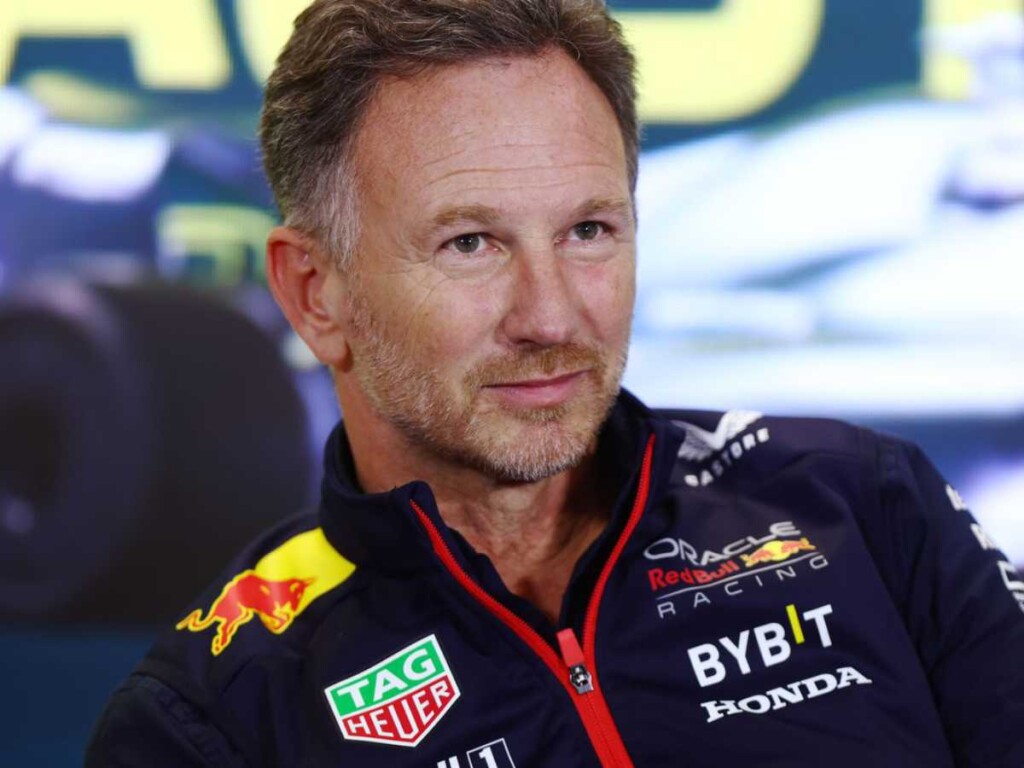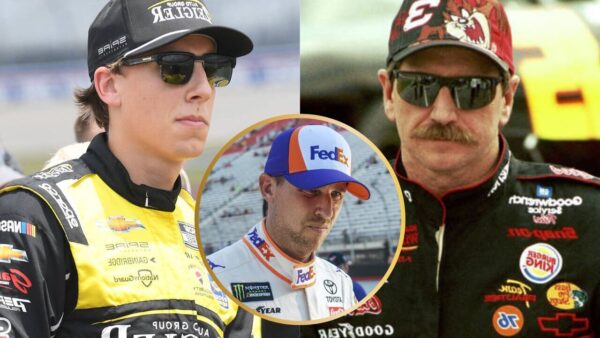Red Bull Ring pledges FIA collaboration for track limits resolution
FIA considers gravel trap solution for track limits issue at Red Bull Ring.

Carlos Sainz's SF-23 at the 2023 Austrian Grand Prix (Image credit: Motorsport.com)
The Red Bull Ring management has pledged to collaborate with the FIA regarding the track limits chaos that unfolded during the Austrian Grand Prix weekend. This comes in response to an “unprecedented” increase in track-limit offenses. Seven drivers received penalties for exceeding track limits at least four times. Yuki Tsunoda incurred a further penalty during the race for committing seven infringements.
According to the spokesperson, the FIA intends to recommend a gravel trap at the exit of turns nine and 10 for future events. They acknowledge the complexities due to other racing series but highlight the proven effectiveness of gravel traps. The FIA is aware that the proposal for gravel traps is not a straightforward solution, particularly when considering other racing series that take place at the venue.
The circuit manager of the Red Bull Ring, Erich Wolf, refused to express his opinions. Instead, a circuit official conveyed that the Red Bull Ring maintains continuous contact with the FIA and will assess the situation together to determine the way forward. “The Red Bull Ring is in constant contact with the FIA, and we will evaluate together on a joint way forward,” the circuit official said on behalf of Wolf.
Also read: Sergio Perez blasts the track limit drama in Austrian GP, calls it an ‘absolute joke’
Christian Horner claims track limit infringements for making F1 appear ‘amateurish’

Aston Martin protested the race, claiming overlooked track limits breaches. Eventually, the FIA identified enough violations to issue a dozen penalties to eight drivers. In total, 20 track-limit sentences were handed down during the race, much more than last year. Red Bull Ring bosses will cooperate with the FIA to resolve track limit concerns.
Red Bull team principal Christian Horner criticized the abundance of infringements, stating it made the sport appear nonprofessional. He advocated for the implementation of a gravel strip as an obstacle. He acknowledged the difficulty for drivers, who cannot see the white line from the car, relying solely on their instincts. Horner emphasized that the circuit layout encourages drivers to exceed track limits.
“I think it made us as a sport look a bit – when you’ve got so many infringements – amateurish,” said Red Bull team principal Christian Horner. “I think [we need] a strip of gravel or something as a deterrent.”
When the circuit was renovated before its return to the F1 calendar in 1997, turns nine and ten had grass and gravel on their borders. Later, an asphalt run-off area was created, allowing cars to go beyond the track limits easily. The circuit owners prefer this configuration, enabling them to host both MotoGP and F1 races.
In case you missed it:
- Lando Norris presses McLaren to resolve MCL60 stability issues despite stellar showing at the Austrian GP
- Carlos Sainz blames Ferrari’s failed double-stack strategy for triggering additional penalties







